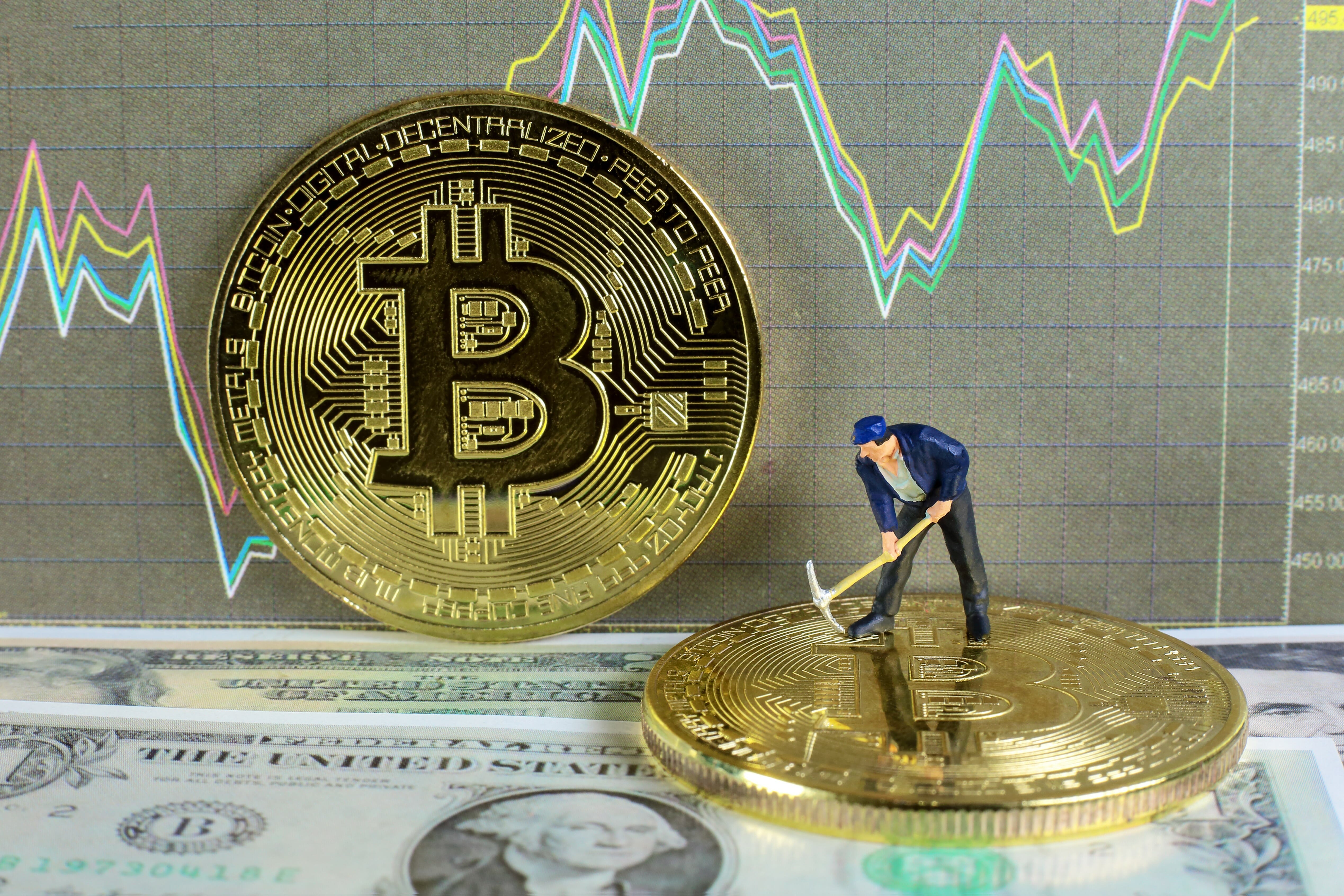Bitcoin Miners Are Not Currently Selling
As there has been a decline in network activity, Bitcoin miners’ income has fallen to its lowest level in the past year.
Taking into consideration the Mining Position Index [MPI], Bitcoin is currently in its longest period of reduced selling pressure from miners post-Halving, pseudonymous CryptoQuant analyst Papi found in a new report.
BTC’s MPI measures the relationship between the currency’s total miner outflow in US dollars and its one-year moving average of total miner outflow, also valued in dollars. The moment BTC’s MPI rises, it implies that miners are selling more of their holdings. When it decreases, it suggests that they are holding on to their assets or accumulating more.
Data provided by CryptoQuant indicates that BTC’s MPI recently reached -0.23. This metric has been declining by more than 100%, after having reached a year-to-date (YTD) high of 9.43 on January 8.
In his report, Papi also described the collapse of the BTC Multiple Puell, which has caused the income of miners to fall to its lowest level in a year.
It should be noted that the BTC Puell Multiple tracks the profitability of miners by measuring the daily issuance of new coins relative to their 365-day moving average. If the metric value is high, it means that miners are generating revenue relative to the historical average. When the metric decreases, though, miners’ income is low compared to the historical average.
As of now, BTC’s Puell Multiple was 0.69, having sunk to a yearly low of 0.67 on May 1. According to CryptoQuant data, this metric last reached 0.6 in February 2023.
Miners “Pay the Price”
After the Bitcoin Halving event, average transaction fees on the network increased, due to an increase in activity around Runas. However, as the hype around the protocol begins to die down, transaction counts on the network have plummeted, impacting network fees.
The “engraving” of runes on the Bitcoin network raised its average transaction fee, assessed on a seven-day moving average, to a high of $40 on April 24, according to the data dashboard known as “El Bloque.”
As network activity normalized, though, network rates trended downward. As of May 5, network users paid an average transaction fee of $6, representing an 85% drop from the April 24 high.
Due to this decrease, the percentage of miners’ income derived from network fees also decreased. According to data provided by Messari on April 20, miners obtained 74% of their income from network fees.
However, by May 5, it had been reduced due to the drop in network activity. Just 22% of miners’ income came from transaction fees on the network.
Bitcoin Mining Faces Challenges After Halving, Twitter Founder Proposes Solution
The founder of Twitter (now X) and current CEO of Block, Jack Dorsey, announced that his company has already finished producing its 3-nanometer chips for Bitcoin mining, and that now his job will be to create a “new Bitcoin mining design “, along with a “leading semiconductor factory.”
In 2021 Dorsey stated that “Mining is not accessible to everyone.” From that idea, work has been underway towards a new mining system, which promises to be decentralized, more economical and based on its own processor.
Mining processors, according to Dorsey, are produced by very few manufacturers, among which only two companies have the capacity to produce 3 nanometer chips on a large scale: Samsung and TSMC. With one of these, it is believed that Block has established alliances for the production of its Bitcoin mining processors.
By Leonardo Perez
